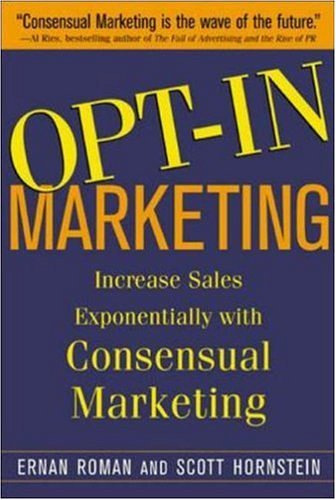What will 2016 hold for you? Will you have a chance to be authentic? Or will you keep the same old business practice and just manage in the Year of Fear 2016?
I have a bunch of marketing predictions, and they are based on the following factors. [Read more…]


















